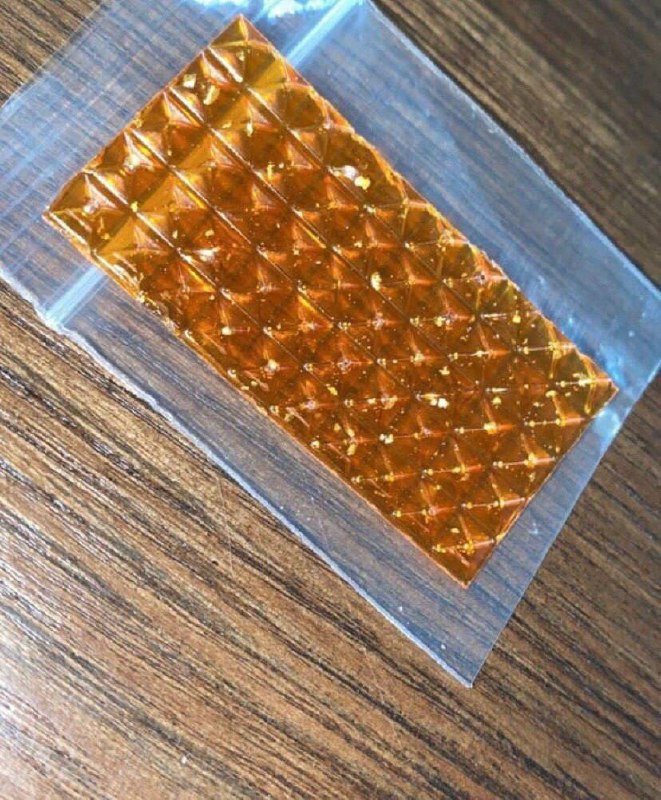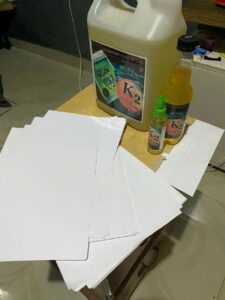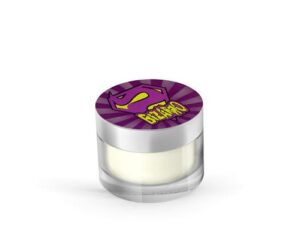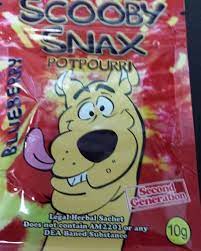LSD Infused Paper Sheets. Lysergic acid diethylamide (LSD) has long fascinated scientists, artists, and the general public with its powerful psychoactive effects. Discovered by accident and popularized in the counterculture of the 1960s, LSD continues to be a subject of intrigue. This blog post delves into the multifaceted world of LSD, with a particular focus on its infusion onto paper sheets, commonly known as blotter paper.

History of LSD
LSD was first synthesized in 1938 by Swiss chemist Albert Hofmann while he was working for Sandoz Laboratories. Initially, it was intended to be used as a respiratory and circulatory stimulant. However, it wasn’t until 1943, when Hofmann accidentally ingested a small amount, that its powerful psychoactive effects were discovered. This serendipitous event marked the beginning of LSD’s journey into the realm of psychotropic substances.
During the 1950s and 1960s, LSD was used in various psychiatric studies to explore its potential therapeutic benefits, including treatment for alcoholism, depression, and anxiety. The substance also gained notoriety for its ability to induce profound changes in perception, thought, and mood.
The 1960s saw LSD become a central symbol of the counterculture movement, driven by figures such as Timothy Leary, who famously encouraged people to “turn on, tune in, drop out.” The drug was embraced by the burgeoning hippie movement, influencing music, art, and social attitudes.
Chemistry of LSD
LSD is a derivative of ergot alkaloids, which are compounds produced by the ergot fungus. Its chemical structure is complex, comprising a lysergic acid core with a diethylamide group attached. This configuration allows LSD to interact with serotonin receptors in the brain, particularly the 5-HT2A receptor, which is thought to play a key role in its hallucinogenic effects.
The synthesis of LSD involves several steps, beginning with the extraction of lysergic acid from ergotamine tartrate. This is followed by a series of chemical reactions to produce the final compound. Due to the complexity of the synthesis process, producing LSD requires significant chemical expertise and laboratory equipment.
LSD in Culture
LSD’s influence on culture is vast and enduring. The psychedelic experience it induces has inspired countless works of art, music, and literature. Musicians like The Beatles, Jimi Hendrix, and The Grateful Dead drew inspiration from their LSD experiences, creating some of the most iconic music of the 20th century. Artists like Salvador Dalí and Robert Crumb also explored the visual dimensions of the LSD experience in their work.
Prominent figures such as Timothy Leary, Ken Kesey, and Aldous Huxley played pivotal roles in popularizing LSD. Leary’s advocacy for LSD use as a means of expanding consciousness brought both acclaim and controversy, while Kesey’s “Acid Tests” became legendary events in the history of the counterculture.
The impact of LSD on the 1960s counterculture cannot be overstated. It fueled a movement that challenged traditional social norms, promoted peace and love, and sought to explore the boundaries of human consciousness.
Methods of LSD Use
LSD can be consumed in various forms, including liquid, microdots, and blotter paper. Blotter paper, small squares of paper infused with LSD, is one of the most common and recognizable forms. Users typically place the paper on their tongue, allowing the LSD to be absorbed sublingually.
Oral consumption is the most prevalent method, but LSD can also be administered via injection or inhalation. However, these methods are less common due to the increased risk and complexity involved.
Safe usage practices are crucial when it comes to LSD. Due to its potency, even small variations in dosage can lead to vastly different experiences. It is important to be aware of the set (mindset) and setting (environment) when taking LSD, as these factors can significantly influence the experience.
LSD Infused Paper Sheets
Table of Contents
LSD-infused paper sheets, or blotter paper, are one of the most popular methods of LSD consumption. The process involves dissolving LSD in a solvent and then applying it to absorbent paper, typically in a grid pattern. Each square of the grid contains a specific dose of LSD, usually between 50 to 150 micrograms.
Blotter paper is favored for its convenience and ease of use. It allows for precise dosing and is easy to store and transport. However, the quality and potency of blotter paper can vary widely, making it important for users to obtain it from reliable sources.
Dosage and quality control are critical when it comes to blotter paper. Overdosing on LSD is rare but can lead to extremely intense and potentially distressing experiences. Users should always start with a lower dose to gauge their sensitivity and response.
Effects of LSD
LSD produces a wide range of effects, both short-term and long-term. The immediate effects typically begin within 30 to 90 minutes of ingestion and can last for 8 to 12 hours. These effects include euphoria, visual and auditory hallucinations, altered perception of time and space, and profound changes in thought and mood.
The experience, often referred to as a “trip,” can vary greatly depending on the individual and the context. Factors such as dosage, the user’s mental state, and the environment can all influence the nature of the trip. A positive experience can be deeply insightful and spiritually uplifting, while a negative trip can be challenging and frightening.
Long-term effects of LSD use are less well understood. Some users report lasting positive changes in their outlook and behavior, while others may experience flashbacks or persistent perceptual changes, a condition known as Hallucinogen Persisting Perception Disorder (HPPD).
Legal Status and Controversies
LSD is classified as a Schedule I substance in many countries, including the United States, meaning it is considered to have a high potential for abuse and no accepted medical use. This classification has made research into its potential therapeutic benefits difficult, though interest in psychedelic research has been resurging in recent years.
Controversies surrounding LSD include its association with counterculture movements and the subsequent crackdown by authorities. Despite its illegal status, there is growing evidence to suggest that LSD, when used in controlled settings, may have therapeutic potential for conditions such as PTSD, depression, and anxiety.
Recent studies have shown promising results, leading to renewed interest in the medical and scientific communities. However, significant legal and regulatory hurdles remain before LSD can be widely used as a treatment option.
Conclusion
LSD’s journey from a laboratory curiosity to a cultural phenomenon and a subject of scientific research is a testament to its profound impact on human society. Its infusion onto paper sheets, or blotter paper, has become one of the most iconic methods of consumption, symbolizing the drug’s enduring presence in popular culture.
As research continues to uncover the potential benefits and risks of LSD, it is important to approach this powerful substance with caution and respect. Whether viewed as a tool for spiritual enlightenment, a means of artistic inspiration, or a potential therapeutic agent, LSD’s legacy is undeniably significant and continues to evolve.
Future research and a more nuanced understanding of LSD may lead to new applications and a reevaluation of its legal status. Until then, the fascination with this extraordinary substance will undoubtedly persist, as it remains a key symbol of the quest to explore and expand human consciousness.




